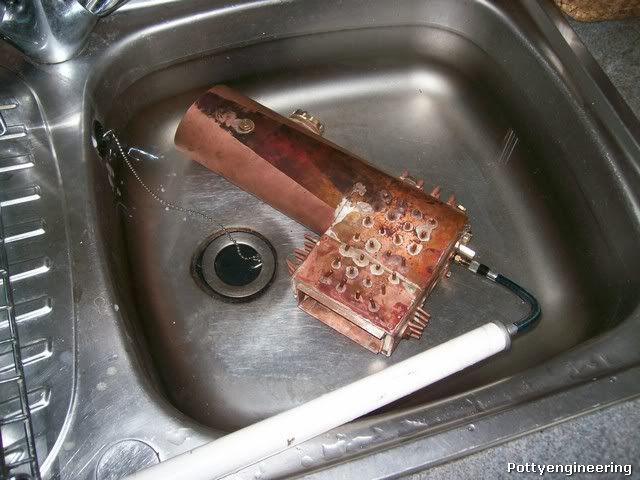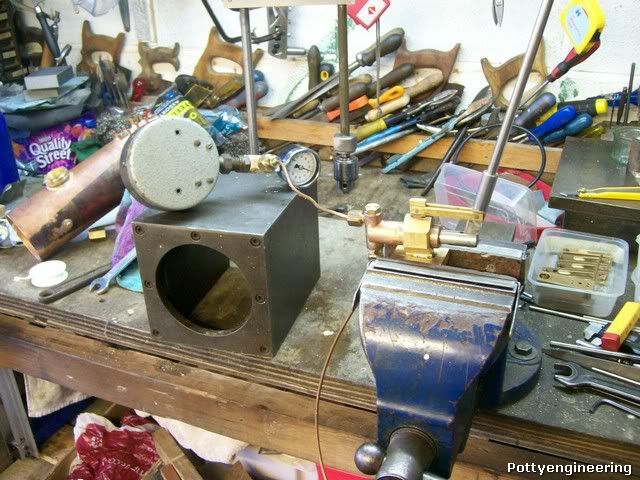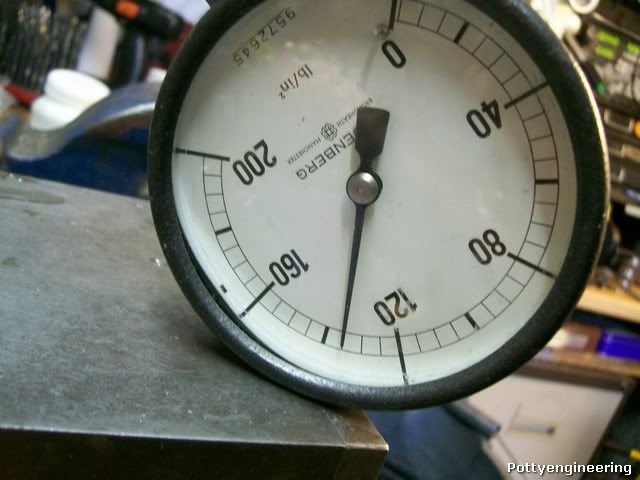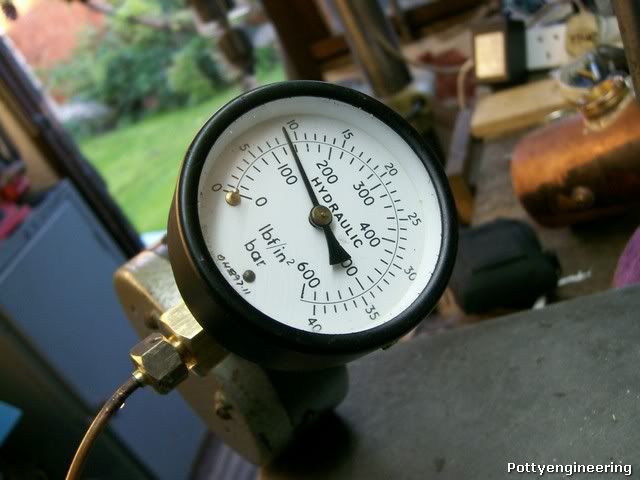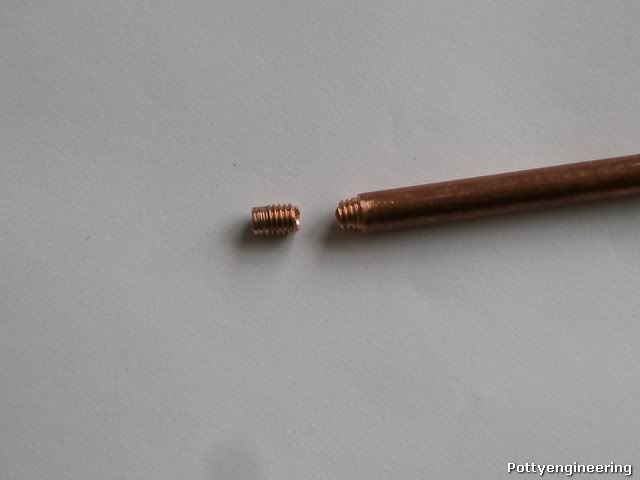lordedmond
Well-Known Member
- Joined
- Apr 6, 2010
- Messages
- 239
- Reaction score
- 0
looking good
I told you would need a lot of heat as things progressed
what about the wet header bush and the stays in the smoke box?
good luck with the 2x wp test the joints look fine but until the pressure is up you never know
Stuart
just spent all day fitting out the smoke box plenty of dummy bolts and rivets to put in now I have to make up the working vacuum ejector for the side of the smoke box not looking forward to the ejector steam and vac cones
I told you would need a lot of heat as things progressed
what about the wet header bush and the stays in the smoke box?
good luck with the 2x wp test the joints look fine but until the pressure is up you never know
Stuart
just spent all day fitting out the smoke box plenty of dummy bolts and rivets to put in now I have to make up the working vacuum ejector for the side of the smoke box not looking forward to the ejector steam and vac cones





